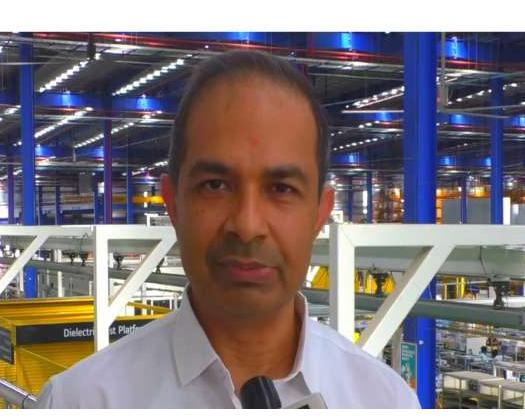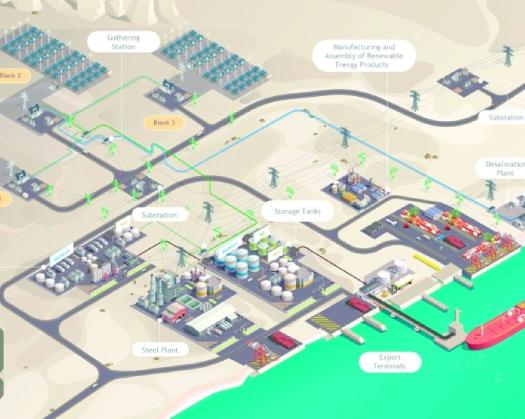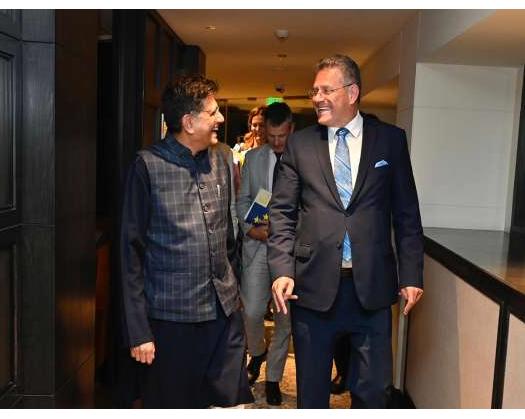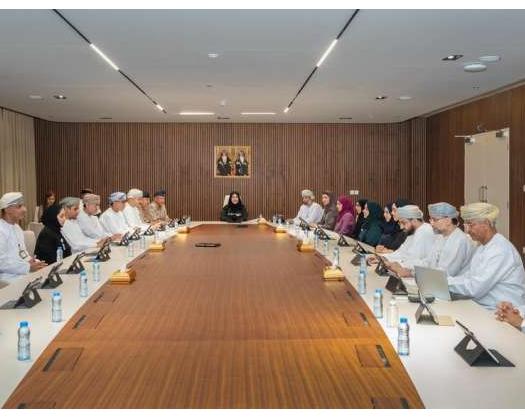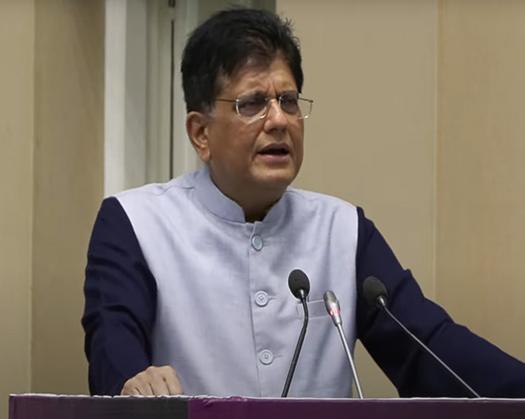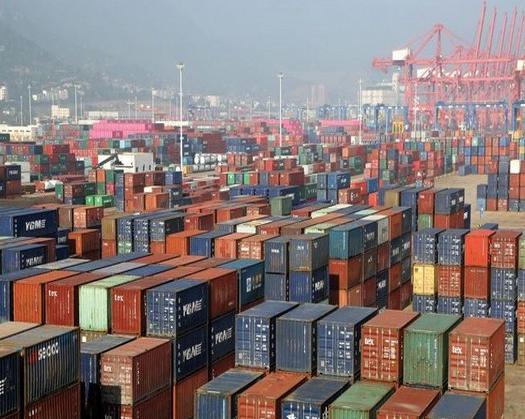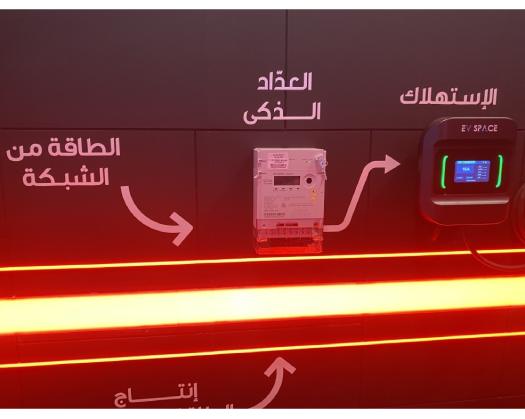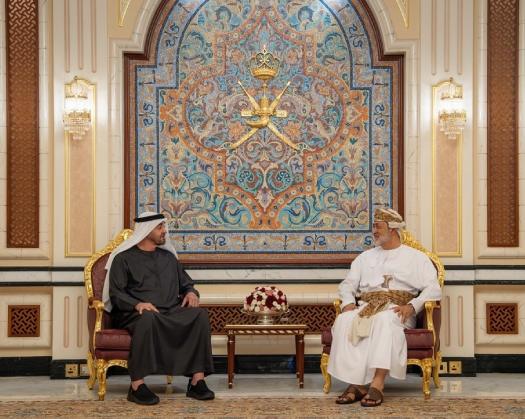New Delhi: The use of batteries as a substitute for diesel traction is gaining traction globally, according to Champak Panda, Managing Director of Alstom India's Rolling Stock & Components division.
"The adoption of battery technology as an alternative to diesel traction is accelerating. This represents a significant technological progress occurring worldwide, and we are leading the charge," Champak Panda stated in an interview with ANI. He mentioned that Alstom will be providing lightweight aluminum articulated trains powered by batteries for the New Zealand project. Reports indicate that the contract is valued at approximately EUR538 million (around Rs 4,842 crore).
He also highlighted that Alstom is collaborating closely with Indian Railways on various initiatives, including high-speed train technologies, articulated bogey systems, and signaling solutions like CBTC. "We strive to offer all the technologies we have available globally, locally in India as well," he remarked.
Panda clarified that although India's railway network is predominantly electrified and does not presently necessitate battery technology, Alstom is prepared to supply it if required. "In India, we have electrified tracks throughout the country. Therefore, the demand for battery technology is not as pressing here at the moment. However, should the need arise, we possess the technology to meet it," he explained.
He further disclosed that 16 battery-powered trains will be developed over the next three years, with the aluminum-bodied trains being produced at Alstom's Savli facility in Gujarat. The traction systems for these trains will be manufactured at its Coimbatore factory, which Panda referred to as Alstom's largest components manufacturing site in Asia.
This facility located in Coimbatore specializes in the development of traction systems, auxiliary converters, driver desks, and rolling stock looms, supplying these products to markets across Asia, Europe, North America, South America, and Australia," stated Panda. He further mentioned that approximately 60 to 65 percent of the components produced in Coimbatore are exported, while the remainder is distributed domestically.
The Coimbatore unit, which employs over 850 individuals, including more than 20 percent women, manages around 83 projects each year. Panda indicated that the plant aims to enhance its capacity to accommodate over 100 projects by 2026, with expansion plans already underway.
Emphasizing Alstom's commitment to advancing rail technology, Panda remarked, "We are striving to remain at the forefront of technological innovation and leadership. Currently, we must integrate existing technologies while also contemplating new advancements."
Panda emphasized that India's Gati Shakti initiative is driving efforts to boost train speeds. "One approach to achieve this is by utilizing electricity in multiple units where the coaches are equipped with motors and traction capabilities. This enables the train to accelerate significantly faster, with operational speeds reaching up to 180 km per hour," he explained, noting that Alstom is already working on traction converters for the Vande Bharat trains.
Alstom, a global leader in smart and sustainable mobility based in France, has a rich history in high-speed technology and is involved in projects around the globe. Panda highlighted that while China has rapidly expanded its high-speed rail network to about 50,000 kilometers, Alstom's expertise in high-speed rail dates back to the 1970s, achieving record speeds of 570 kilometers per hour on conventional tracks.
"We possess the technology and are providing high-speed trains across various markets, such as Europe and the United States," stated Panda.

